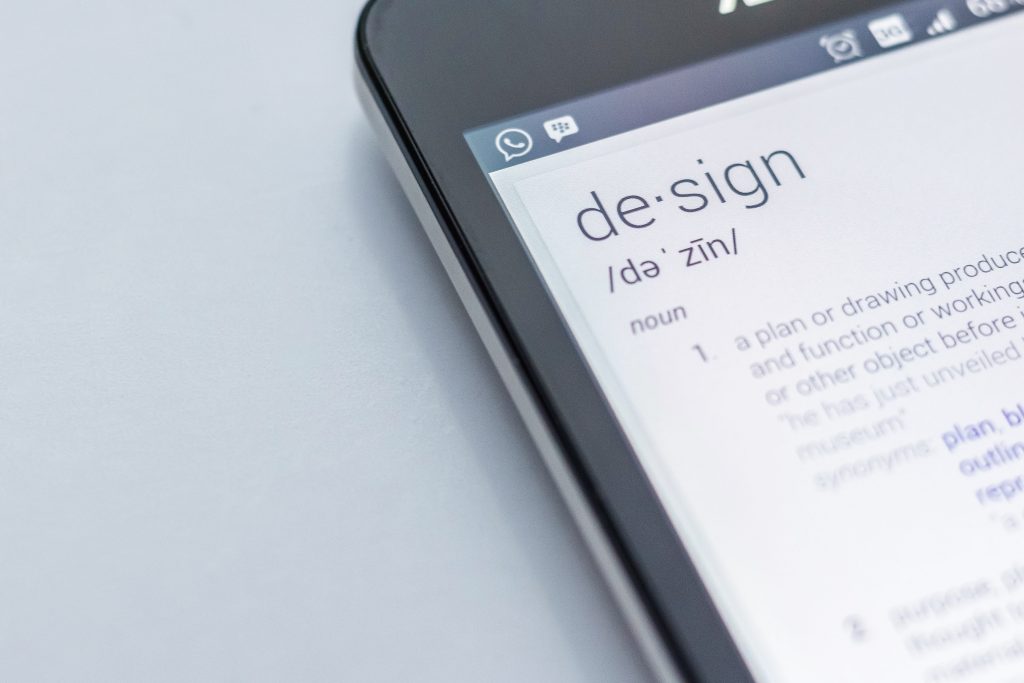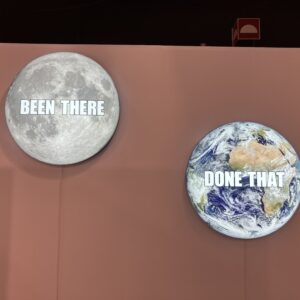Ever heard of Ionut Budisteanu, the 19-year-old Romanian student that rivals the designs of companies such as Tesla? Those in the design and science circles have definitely heard of him and have even named an asteroid after him. This young man is responsible for one of the most cost-effective autonomous vehicle designs on the planet. The self-driving car is known to be a fraction of the cost of the Google version, coming in at just $4,000 to make. The Google version leaves a $75,000 hole in the pocket. But Ionut, remarkable as he is, is not the only one making waves in the world of design. Discover other students who make a difference in the world through ingenious design.

Photo by Edho Pratama on Unsplash
Sometimes It Means Putting University On Hold
A holiday in Greece can mean so much more than great food and balmy summers, as Boyan Slat found out. While out driving, he discovered an ocean floor covered with plastic. Not only did this make the diving excursion less pleasurable, but also highlighted the importance of taking action immediately, even if this meant putting his studies aside for the time being. Now, with $320 million in funding, the release of the first leg of cleanup operations is set to start mid-2018 and the full roll-out is set to take place by 2020.
The Eternal Student
Leah Heiss, one of the most revolutionary designers of our time develops wearables for those with medical conditions that don’t look like medical devices. Leah has a few degrees to her name and currently uses those skills as a lecturer, communications coordinator, international selection officer, and PhD candidate in fashion and textile. Possibly one of the most notable design feats is the biosignal sensing emergency jewellery and swallowable devices to detect diseases. Her investments into her studies have paid off and allowing her to make a difference, one life at a time.
Design Indaba Across the Pond
Cape Town, South Africa is home to a design initiative called Design Indaba, which showcases design feats targeted to solve issues from water scarcity to poverty and even depression. Former philosophy, economics, and music student Marko Ahtisaari, who also happens to be Director Fellow at the MIT Media Lab is driven to set the world free from major pharmaceutical companies by using music as therapy. CEO and co-founder of The Sync Project, Marko hopes to unleash the body’s ability to self-heal with the help of sound.
Another Design Indaba favourite, Grace Jun, hopes to empower those with disabilities through her clothing. This Parsons School of Design graduate is inspired to create clothing for those who no longer comfortably fit in mainstream clothing. This is useful for those recovering from procedures, accidents, and illnesses which made substantial changes to their bodies. Accessible clothing is inspired by the desire to let everyone go through life with dignity.
Design is about more than just knowing where to place a cushion or how to create a functional item, it also has to make a positive difference. Whether it adds colour or restores dignity, design students have the world at their feet when it comes to changing the world, one perception at a time.



